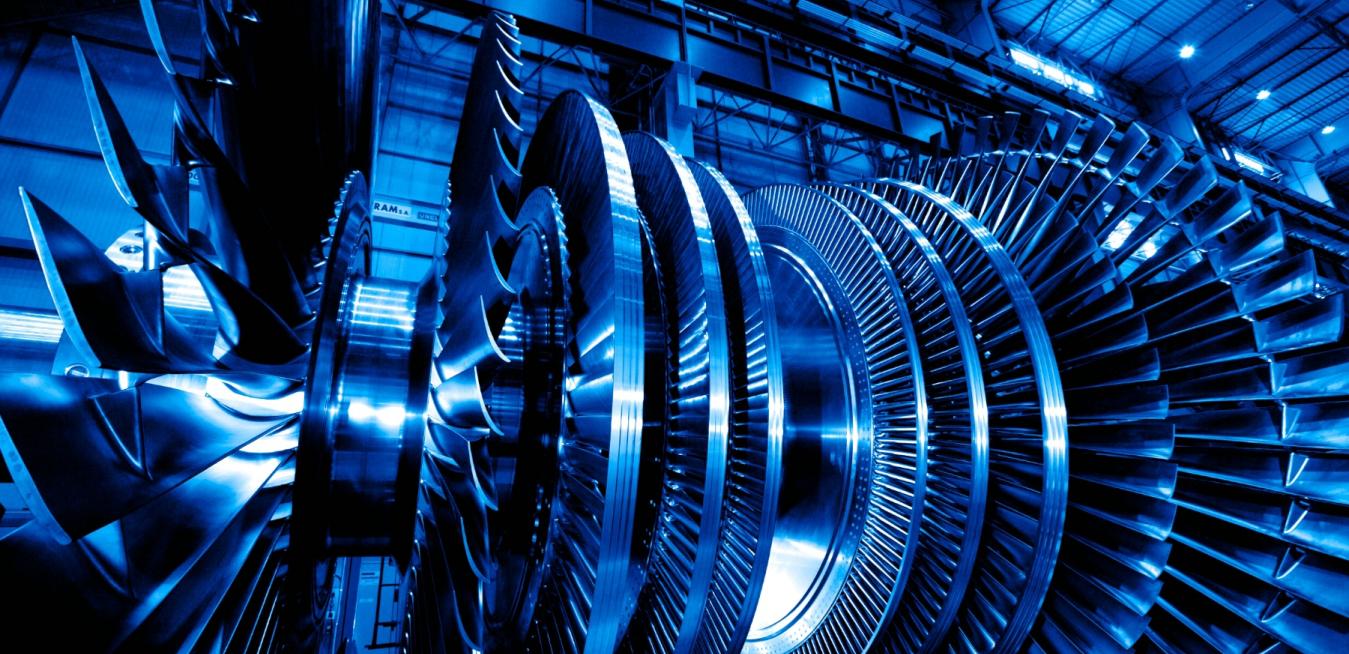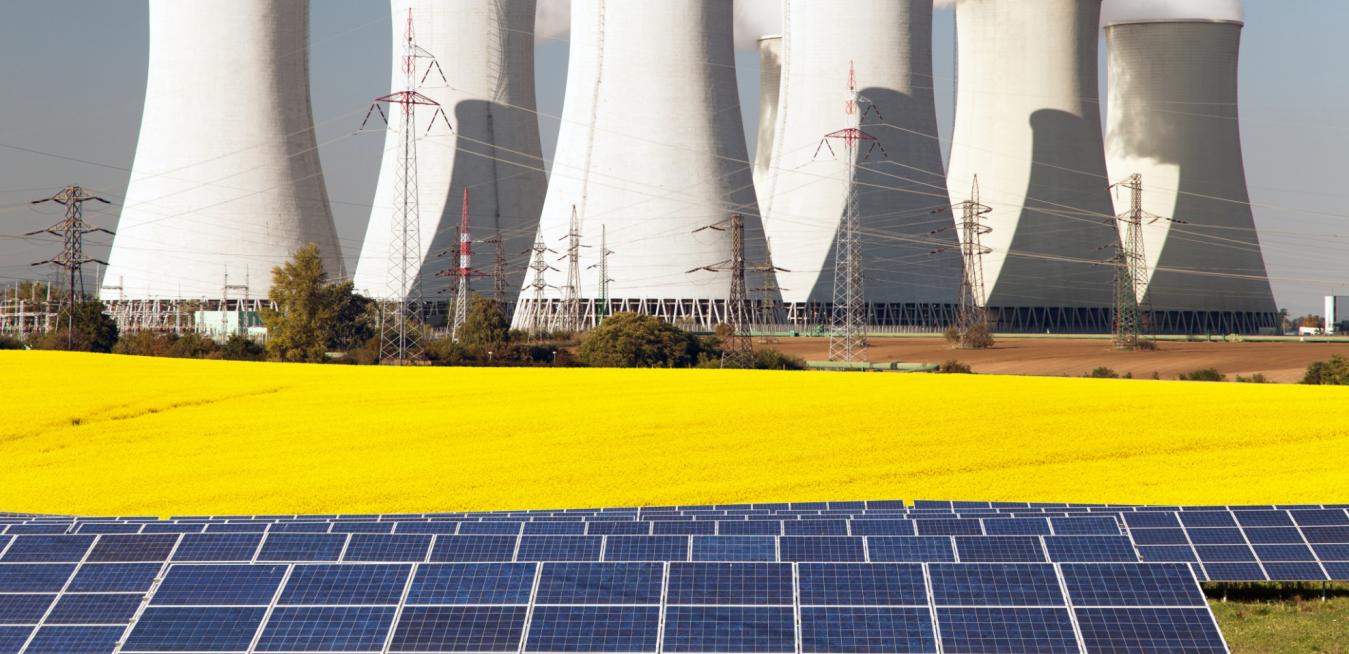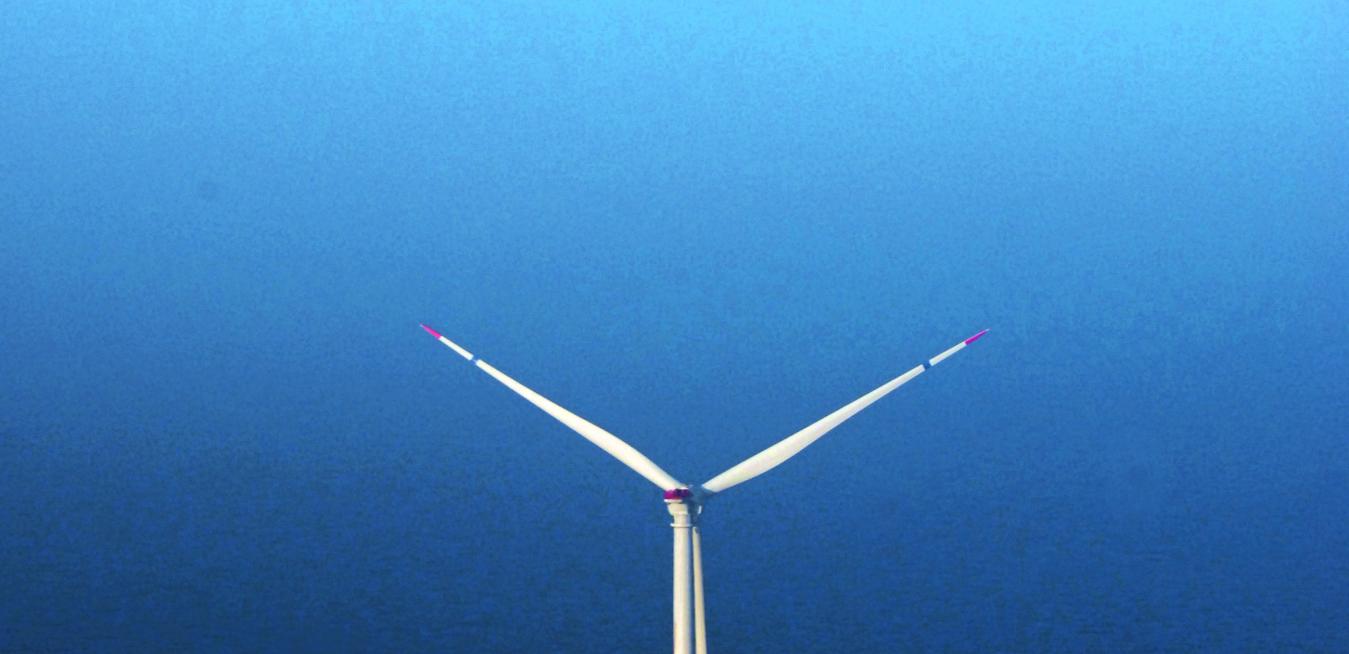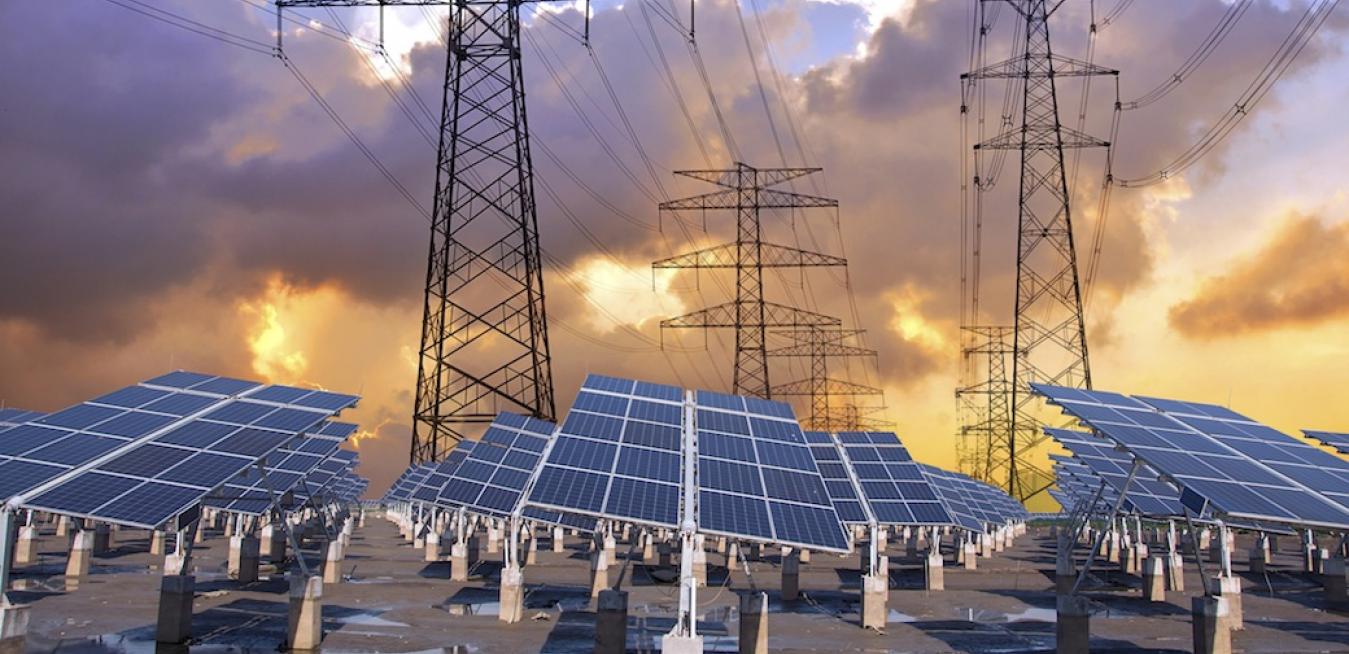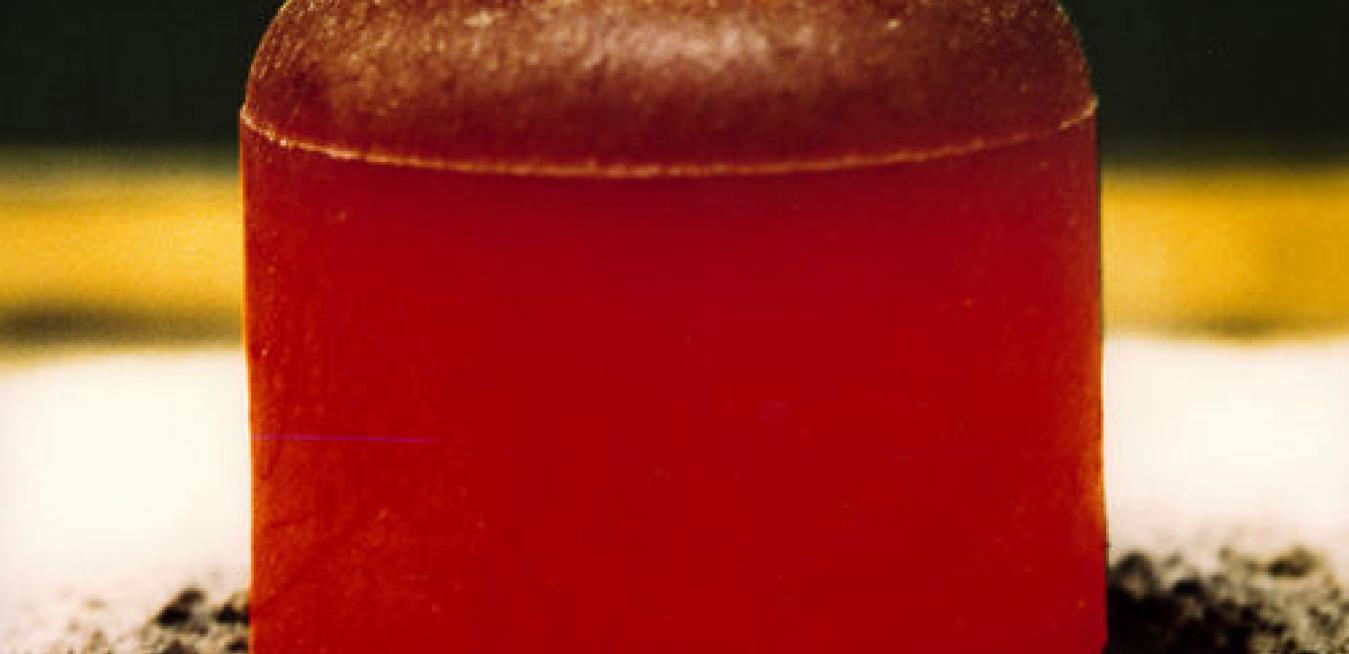Overlooking nuclear energy as part of America’s clean energy strategy would be tantamount to unilateral disarmament.
Clean, green and reliable — these should be the core elements of our nation’s energy policy in the 21st century and beyond. Accepting any lesser criteria will hinder our efforts to reduce carbon pollution and provide clean air for all Americans to breathe. That’s why we cannot afford to lose the most important tool in our clean energy arsenal: carbon-free nuclear energy.Every year, doctors order as many as 40 million medical imaging scans that require a radioactive isotope called technetium-99m (Tc-99m). The scans help them diagnose cancer, heart disease and other serious maladies.
Nothing says summertime in Georgia like a dip in the old swimming hole. But near the town of Baxley, there’s one pool that’s not open to the public: the crystal-clear blue waters of the containment vessel bathing the Edwin Irby Hatch Power Plant’s nuclear reactor.
Not only does electricity generation account for about 40 percent of energy-related CO2 emissions, but the power sector is also expected to play more of a role in reducing the share of fossil fuels in the global energy mix than any other, the International Energy Agency (IEA) explains in its latest World Energy Outlook.
Here’s the skinny on conventional water-cooled nuclear reactors: they produce hundreds of megawatts of carbon-free power, but when they are done digesting their nuclear fuel, more than 95 percent of the available energy still remains locked inside. “If that happened to us with regular food, we would never be able to stop eating,” says Jonathan Allen, spokesman for GE Hitachi Nuclear Energy.
